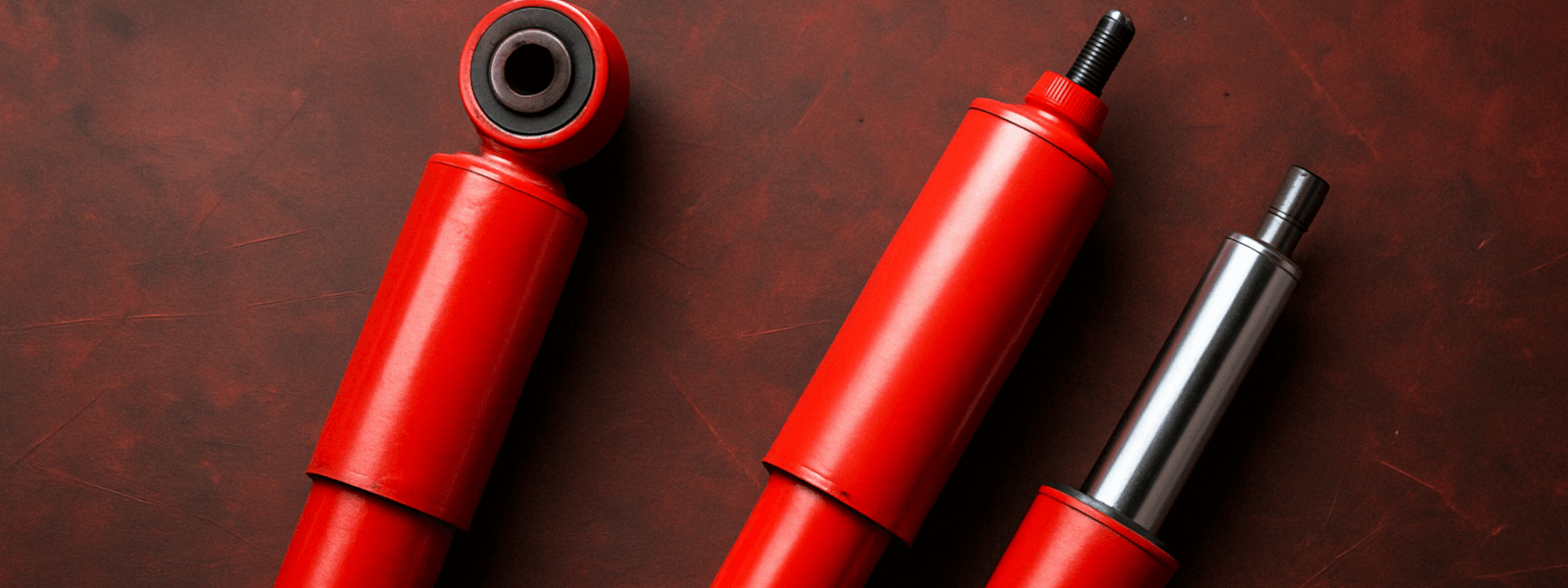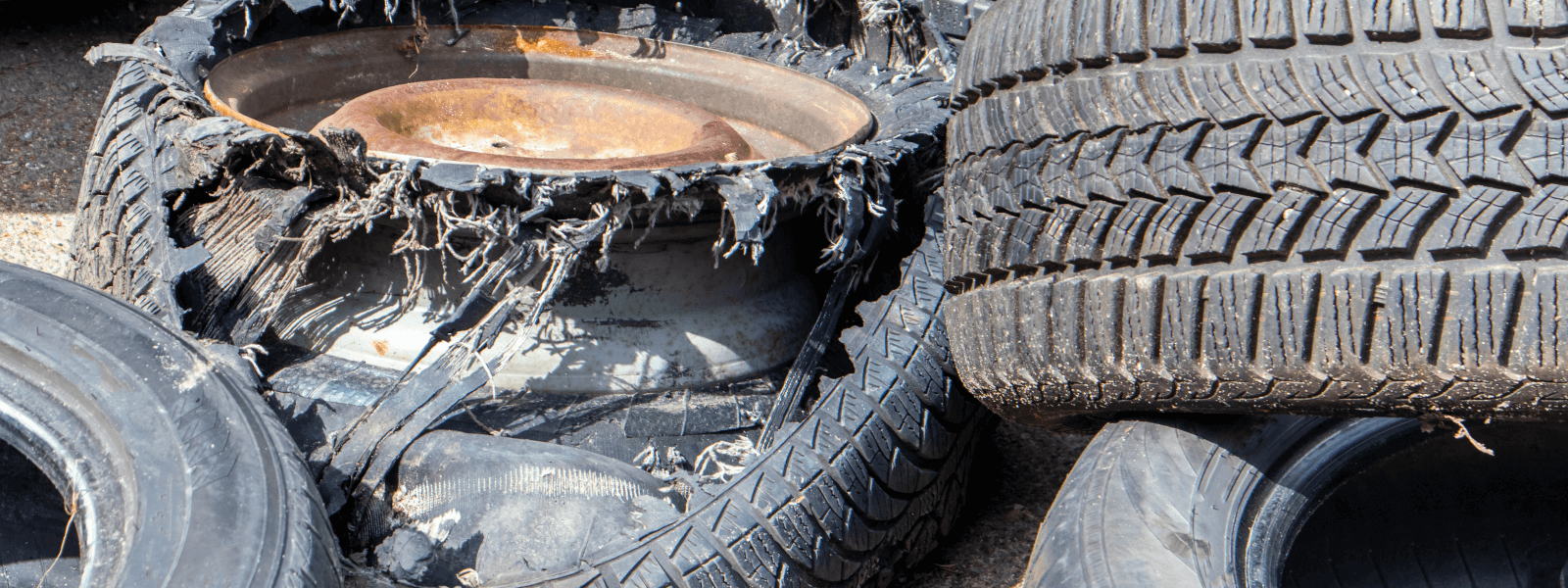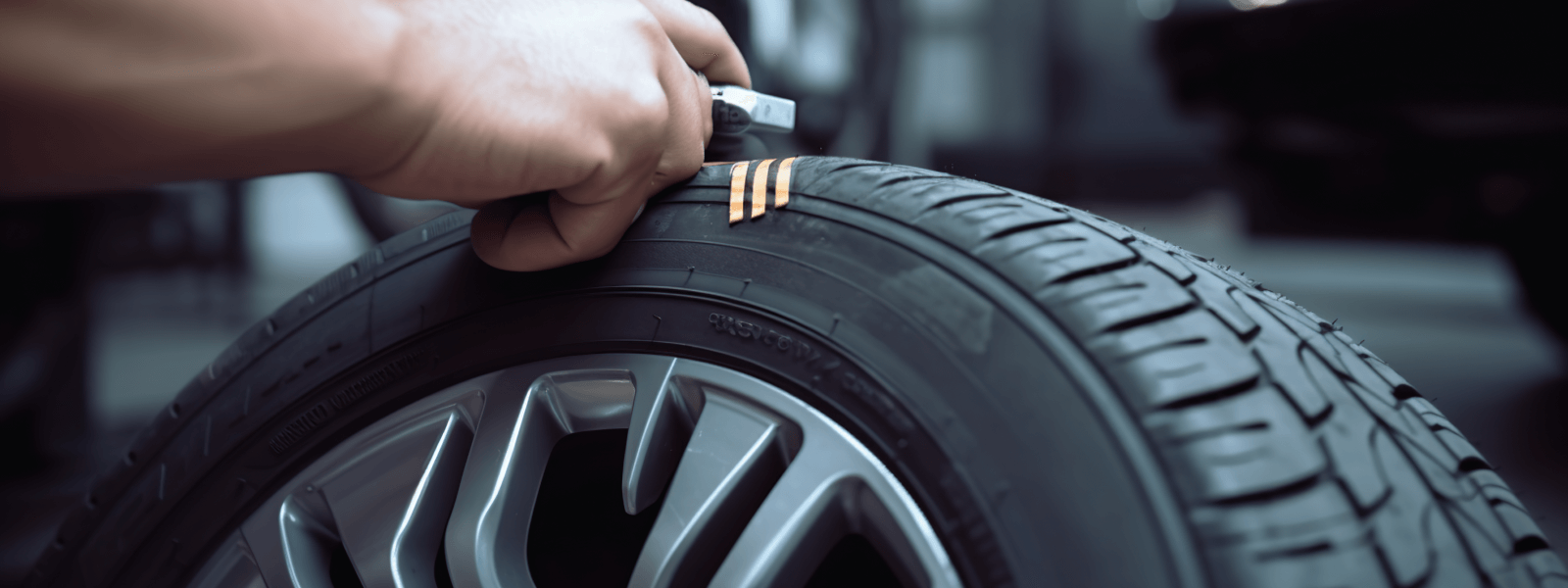Tire Repair and Replacement: Your Comprehensive Guide

395 Auto & Performance is your go-to local expert for all tire repair and replacement needs in Murrieta. We recognize that your tires play a vital role in your safety and your vehicle's overall performance.
That's why we are committed to delivering high-quality tire services to keep you safely on the road. Whether you require a quick flat tire repair or a full set of new tires, we have you covered.
This detailed guide will provide you with all the information you need about tire maintenance, tire damage, and selecting the right tires for your vehicle.
Understanding Tire Damage: Recognizing the Signs
Identifying tire damage early can help avoid more serious issues and expensive repairs later on. Here are some common types of tire damage to watch for:
- Punctures and Nail Holes: These are some of the most common reasons for flat tires. If the puncture is small and located in the tread area, it can often be repaired. This is a typical flat tire repair service in Murrieta and other Inland Empire cities.
- Sidewall Damage: The sidewall is the most susceptible part of the tire. Any cuts, bulges, or punctures in this area usually mean the tire needs to be replaced, as repairs here are generally unsafe.
- Bulges and Blisters: These show up as bumps on the tire's surface. They indicate internal damage to the tire's structure and require immediate replacement.
- Tread Wear and Uneven Wear: The tread is the rubber that makes contact with the road. While some tread wear is normal, uneven patterns can indicate issues with your vehicle's alignment or suspension. Understanding how to choose the right tires for your car also means being aware of tread wear.
- Dry Rot and Cracking: Over time, tires can develop cracks in the sidewall from exposure to the elements. This condition, known as dry rot, suggests that the tires are approaching the end of their usable life.
Visual Indicators of Tire Problems
In addition to these types of damage, be aware of these visual indicators that suggest you might have a tire problem:
Vibrations and Shaking
These can be caused by tire imbalance, tire damage, or problems with your vehicle's suspension.
Pulling to One Side
If your vehicle pulls to one side, it could be a sign of uneven tire pressure, tire damage, or alignment issues.
Visible Damage
Regularly inspect your tires for any visible signs of damage, such as cuts, bulges, or embedded objects.
Tire Repair vs. Tire Replacement: Making the Right Decision
When you experience tire damage, the question becomes: tire repair or tire replacement? Here's a breakdown to help you understand when each is appropriate:
When is Tire Repair Possible?
- Puncture Location and Size:
Tire repair is typically possible if the puncture is located in the tread area and is less than ¼ inch in diameter. - Repairable Area of the Tire:
There's a specific area of the tire that is considered repairable. Damage outside this area usually requires tire replacement.
When is Tire Replacement Necessary?
- Sidewall Damage:
As mentioned earlier, any damage to the sidewall almost always necessitates tire replacement due to safety concerns. These are clear signs you need new tires. - Multiple Punctures:
If a tire has multiple punctures, especially close together, it's generally safer and more cost-effective to replace it. - Excessive Tread Wear:
When the tread depth reaches a certain point (typically 2/32 of an inch), the tires need to be replaced. - Age of Tires:
Even if the tread looks good, tires should be replaced after a certain number of years (generally six), as the rubber can deteriorate over time.
Cost Considerations
It's crucial to know the costs associated with tire repair versus tire replacement. Generally, repairing a tire is more affordable than replacing it, but safety should always come first.
395 Auto & Performance’s Expert Assessment
At 395 Auto & Performance, our experienced technicians can provide a professional assessment of your tire damage and
help you make the right decision between tire repair and tire replacement.

Tire Maintenance Tips for Longevity
Taking care of your tires is vital for extending their life and ensuring your safety while driving. Here are some important tips for tire maintenance:
Check Tire Pressure Regularly
Keeping your tires at the correct pressure is essential for even wear, better fuel efficiency, and safe handling. It's important to know the right pressure for the tires you choose for your vehicle.
Rotate Your Tires
Regular tire rotations help distribute wear evenly across all tires, which can prolong their lifespan.
Ensure Proper Wheel Alignment
Having your wheels aligned correctly means your tires will roll straight, which helps prevent uneven wear and enhances handling.
Inspect Your Tires Frequently
Make it a habit to check your tires for any signs of damage, like cuts, bulges, or foreign objects stuck in them.
Store Tires Properly
If you need to store tires, make sure to keep them in a cool, dry area away from direct sunlight and sources of ozone.
Seek Professional Tire Service
Regular check-ups at a trusted tire shop, such as 395 Auto & Performance, can help catch potential issues early and keep your tires in excellent shape.
Choosing the Right Tires for Your Vehicle
Choosing the right tires is essential for ensuring safety, performance, and fuel efficiency. Here are some important factors to consider when selecting tires:
Understanding Tire Sizes and Codes
The sidewalls of tires display a combination of letters and numbers that indicate their size, load capacity, and speed rating. Familiarizing yourself with these codes is crucial for selecting the appropriate tires for your vehicle.
Types of Tires
Various tire types are tailored for different driving conditions and vehicle categories:
- All-Season Tires: These provide a balanced performance across a range of weather conditions.
- Performance Tires: Engineered for improved handling and grip, these are commonly used on sports cars.
- Winter Tires: These offer excellent traction in snowy and icy conditions.
- Truck and SUV Tires: Specifically designed to meet the demands of trucks and SUVs, these tires have a higher load capacity.
Matching Tires to Your Driving Needs
When selecting tires, think about your driving habits, the usual weather conditions, and the type of vehicle you drive. This consideration is vital for making the right tire choice.
Finding the Best Tire Prices
It's beneficial to compare prices from various tire retailers to secure the best deals.
395 Auto & Performance’s Tire Selection and Expertise
We provide a broad range of tires from leading brands and are here to assist you in finding the ideal tires that fit your vehicle and budget.
Tire Concerns FAQS
Here are some common questions about tires:
How often should I rotate my tires?
It's advisable to rotate your tires every 5,000 to 7,000 miles.
How can I tell if I need new tires?
You should check the tread depth. If it’s below 2/32 of an inch, it’s time for new tires. Additionally, watch for signs like sidewall damage or bulges.
What is the correct tire pressure for my car?
You can find the recommended tire pressure in your owner’s manual or on the sticker located on your driver’s side doorjamb.
What is the typical lifespan of a tire?
With proper care, tires can last for several years, but it’s usually recommended to replace them after six years, regardless of tread depth.
How much does it cost to repair a tire?
The cost of tire repair varies based on the type and location of the damage. For an immediate estimate, use our instant quote calculator.







